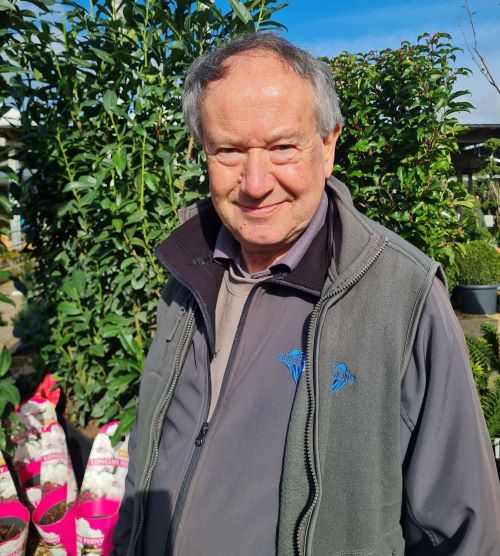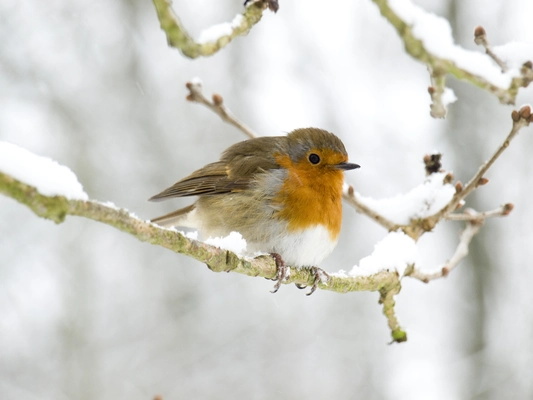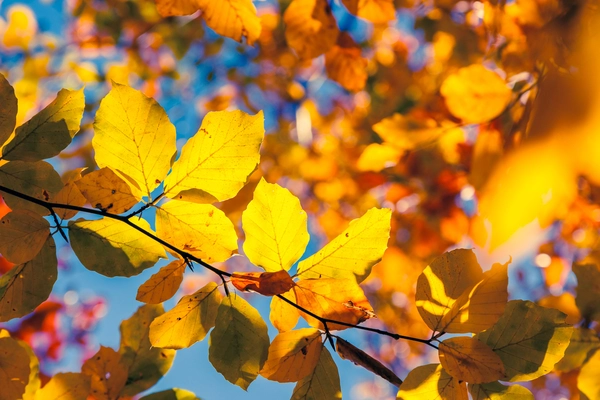July is the peak flowering month in the garden. Roses have been superb this year, with the dry weather helping to alleviate black spot problems. Summer-flowering shrubs, herbaceous perennials, tubs, containers, and hanging baskets are all looking fresh and at their best. It's the time of year when long, warm summer evenings and wonderful evening light allow you to really enjoy your garden. This is also the month for making only minor adjustments. With the recent hot weather, some flowers aren’t lasting as long, but on the upside, slugs haven’t been much of a problem.
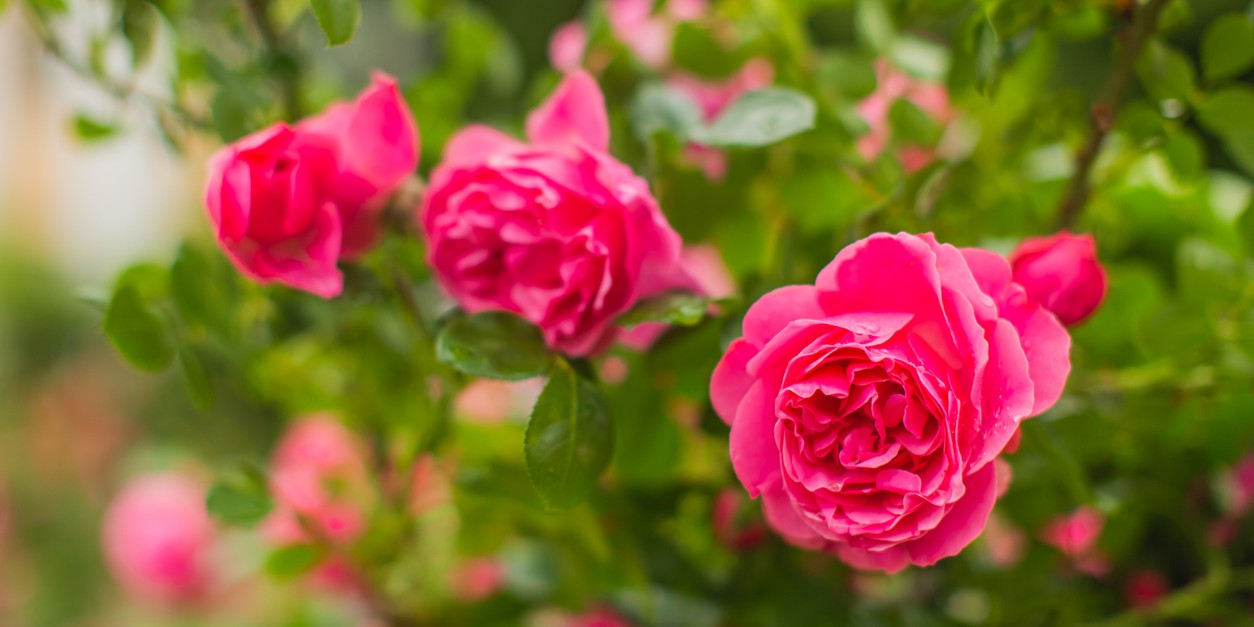
In this hot weather, regular watering is essential to prevent drought stress on newly planted trees, shrubs, and roses. I also use a bio-stimulant feed to help strengthen root development and improve resilience. Flower beds where regular mulching has been used are coping well with the dry conditions.
As early flowering plants such as lupins, delphiniums, iris, and poppies fade, herbaceous borders can look a bit green and empty. This is where plants originating from nearer the Equator come into their own, providing colour through summer into autumn. Dahlias, salvias, heleniums, echinaceas, rudbeckias, annual cosmos, and sunflowers can all be planted into any gaps in the beds and borders. I also pot up dahlias (now in full bloom) and place them in gaps where instant colour is needed.
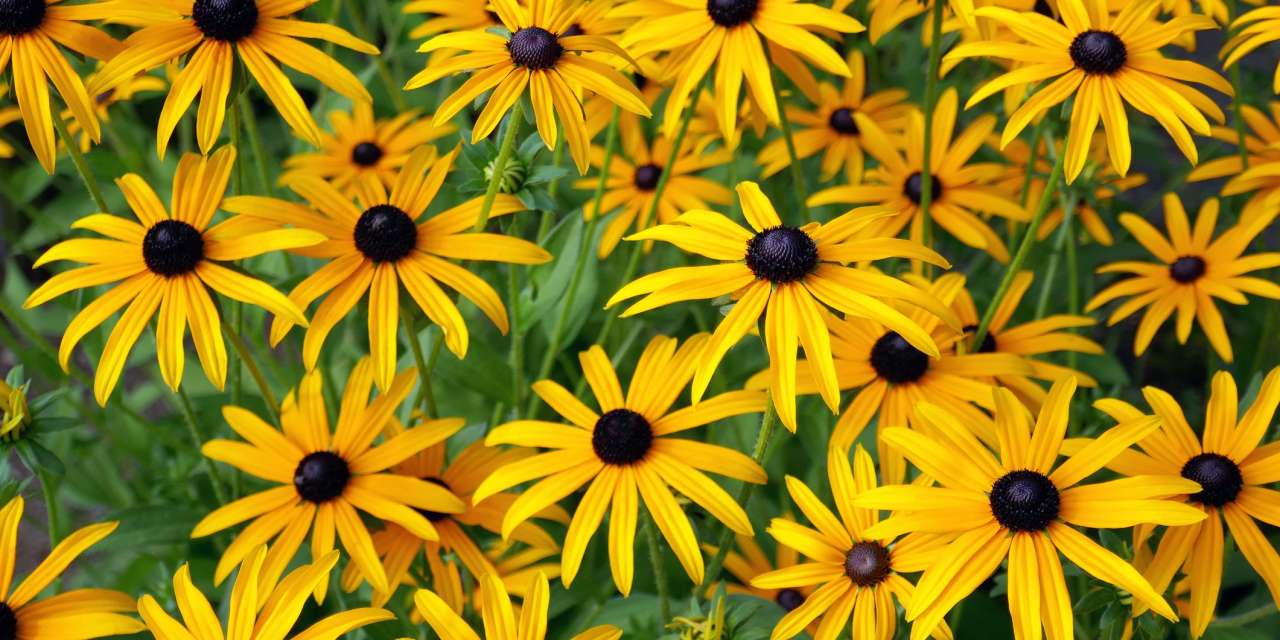
Roses are a firm favourite of mine. Once the first flush of flowers is over, I deadhead regularly, which stimulates the development of side shoots and encourages further bud formation. I give them a boost with rose feed or a liquid tomato feed - anything high in potash. Liquid feeds are taken up faster by the roots, especially in dry weather. The more you feed your roses, the less prone to disease they seem to be.
With the current warm weather, if you’re growing climbers (many of which originate from woodland areas), try to keep their roots cool. If they’re in containers, place them in the shade or put other pots in front to shade the roots from the sun. I use ferns, epimediums, or ornamental grasses to create a natural look.
Soft fruit and strawberries have been brilliant this year, and July is when your vegetable garden or allotment starts to provide a wonderful harvest. The mouth-watering flavours of fresh veg really do reward all the effort put into growing them - perhaps that’s why they taste so much better. I’m planting up containers with herbs and salad vegetables too. I keep several planters at various stages of growth to ensure a regular supply. They look good and are very useful to have near the BBQ.
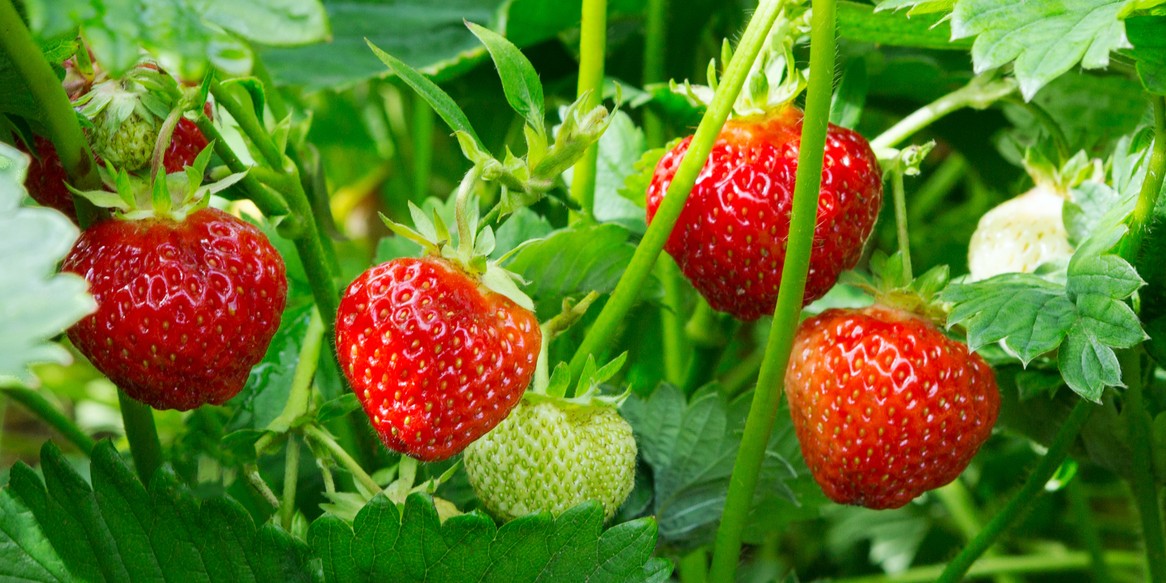
July is a wonderful time to visit the many gardens and botanic gardens around - some formal, others informal, large or small - all offering completely different styles and design ideas. I like to look at how they draw attention using colour schemes, leaf and stem textures, flower scents, or bold displays with fewer flower types, which can make a garden feel less fussy. Quite often after a visit, I come back and look at my own garden thinking, “I must try harder!” - always striving for that wow factor.

